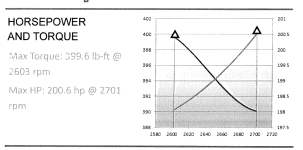GrinchF16
Well Known Member
Finally have my 7A almost ready to fly again, this time with its new YIO-360-A1B6. I upgraded from an O360 and also installed a Cato climb prop. Wondering if anyone out there might have SA on what kind of performance I should be expecting? Specifically, what kind of climb performance are you seeing? RPM/Altitude/TAS results etc?
Look forward to hearing from folks...
Look forward to hearing from folks...





